Gorgan Mohammadi, A., Ganjtabesh, M. Sci Rep 14, 1945 (2024). https://doi.org/10.1038/s41598-024-52299-7
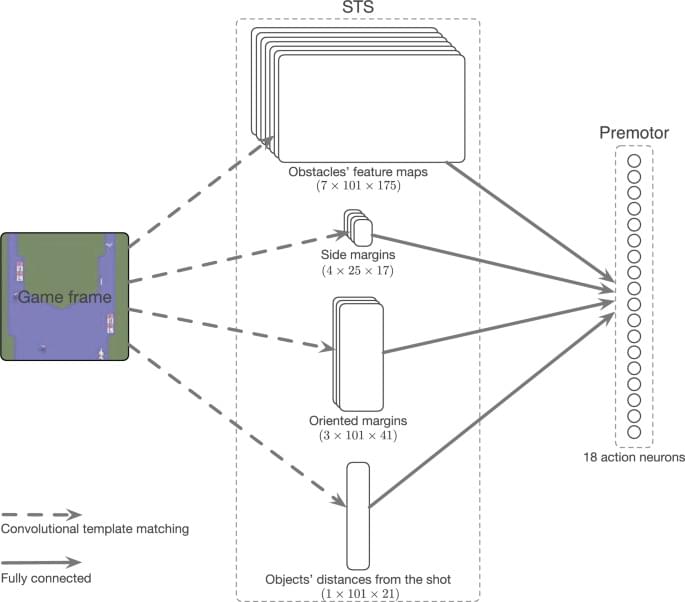

Gorgan Mohammadi, A., Ganjtabesh, M. Sci Rep 14, 1945 (2024). https://doi.org/10.1038/s41598-024-52299-7
Compared to robots, human bodies are flexible, capable of fine movements, and can convert energy efficiently into movement. Drawing inspiration from human gait, researchers from Japan crafted a two-legged biohybrid robot by combining muscle tissues and artificial materials. Published on January 26 in the journal Matter, this method allows the robot to walk and pivot.
“Research on biohybrid robots, which are a fusion of biology and mechanics, is recently attracting attention as a new field of robotics featuring biological function,” says corresponding author Shoji Takeuchi of the University of Tokyo, Japan. “Using muscle as actuators allows us to build a compact robot and achieve efficient, silent movements with a soft touch.”
The research team’s two-legged robot, an innovative bipedal design, builds on the legacy of biohybrid robots that take advantage of muscles. Muscle tissues have driven biohybrid robots to crawl and swim straight forward and make turns—but not sharp ones. Yet, being able to pivot and make sharp turns is an essential feature for robots to avoid obstacles.
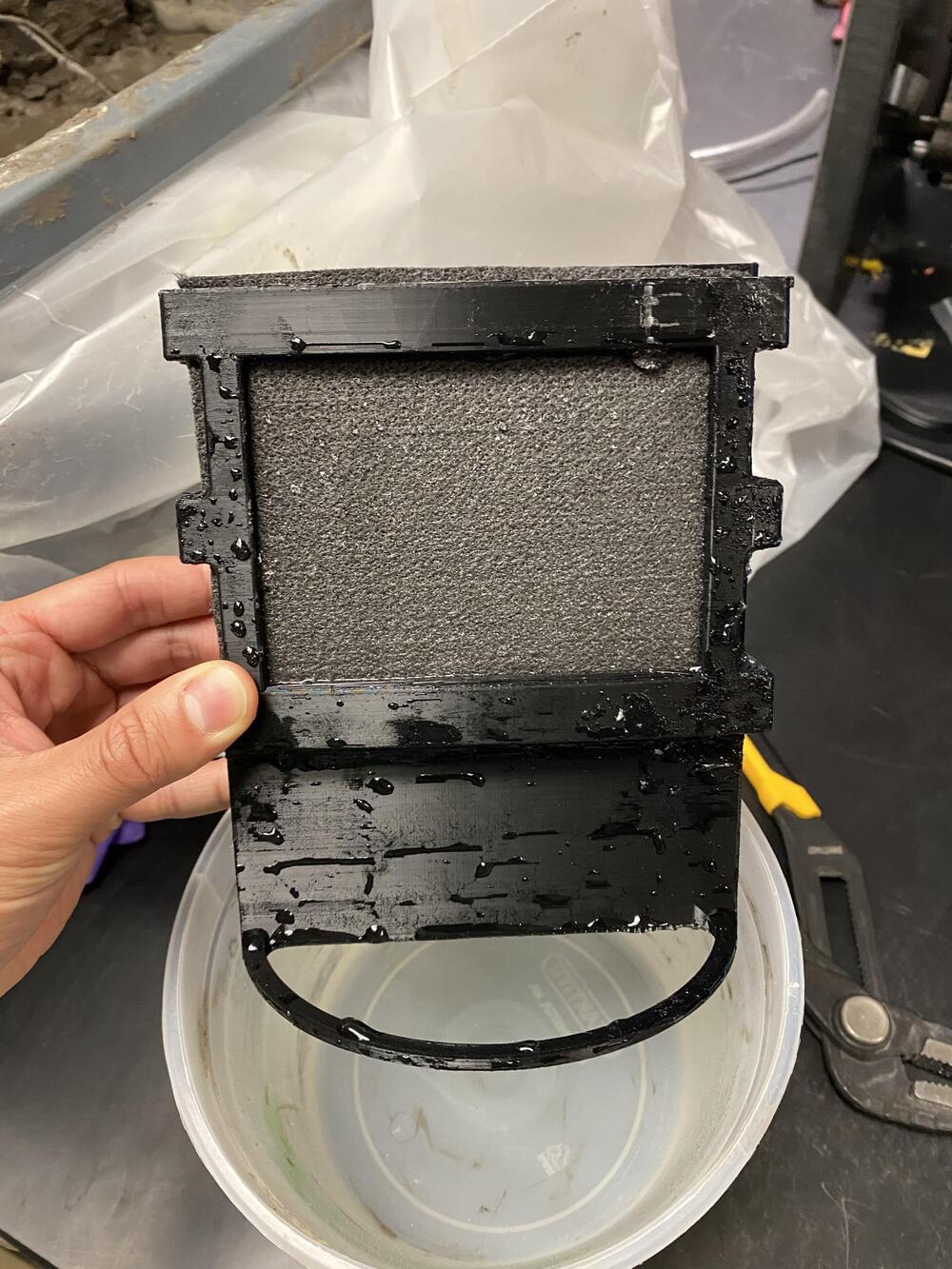
A Northwestern University-led team of researchers has developed a new fuel cell that harvests energy from microbes living in dirt.
About the size of a standard paperback book, the completely soil-powered technology could fuel underground sensors used in precision agriculture and green infrastructure. This potentially could offer a sustainable, renewable alternative to batteries, which hold toxic, flammable chemicals that leach into the ground, are fraught with conflict-filled supply chains and contribute to the ever-growing problem of electronic waste.
To test the new fuel cell, the researchers used it to power sensors measuring soil moisture and detecting touch, a capability that could be valuable for tracking passing animals. To enable wireless communications, the researchers also equipped the soil-powered sensor with a tiny antenna to transmit data to a neighboring base station by reflecting existing radio frequency signals.
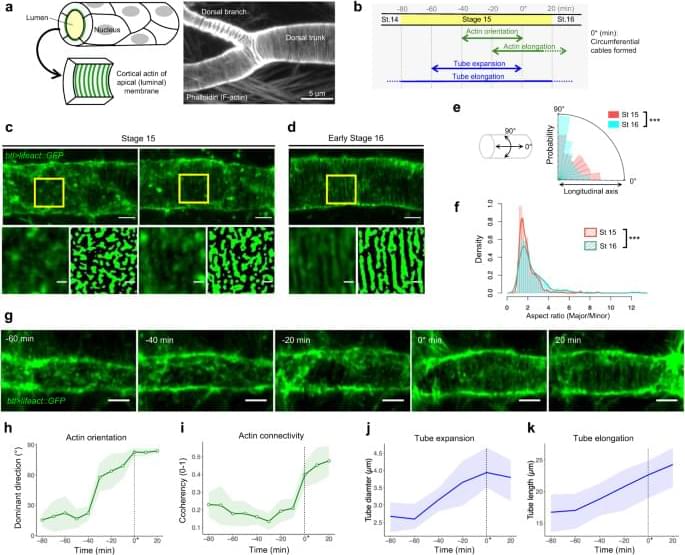

Tunneling is one of most fundamental processes in quantum mechanics, where the wave packet could traverse a classically insurmountable energy barrier with a certain probability.
On the atomic scale, tunneling effects play an important role in molecular biology, such as accelerating enzyme catalysis, prompting spontaneous mutations in DNA and triggering olfactory signaling cascades.
Photoelectron tunneling is a key process in light-induced chemical reactions, charge and energy transfer and radiation emission. The size of optoelectronic chips and other devices has been close to the sub-nanometer atomic scale, and the quantum tunneling effects between different channels would be significantly enhanced.
Explore life sciences with Wolfram Language Demonstrations, Function Repository, Q&As, Community posts and more, at any skill level. Research computational biology and find your computational X.
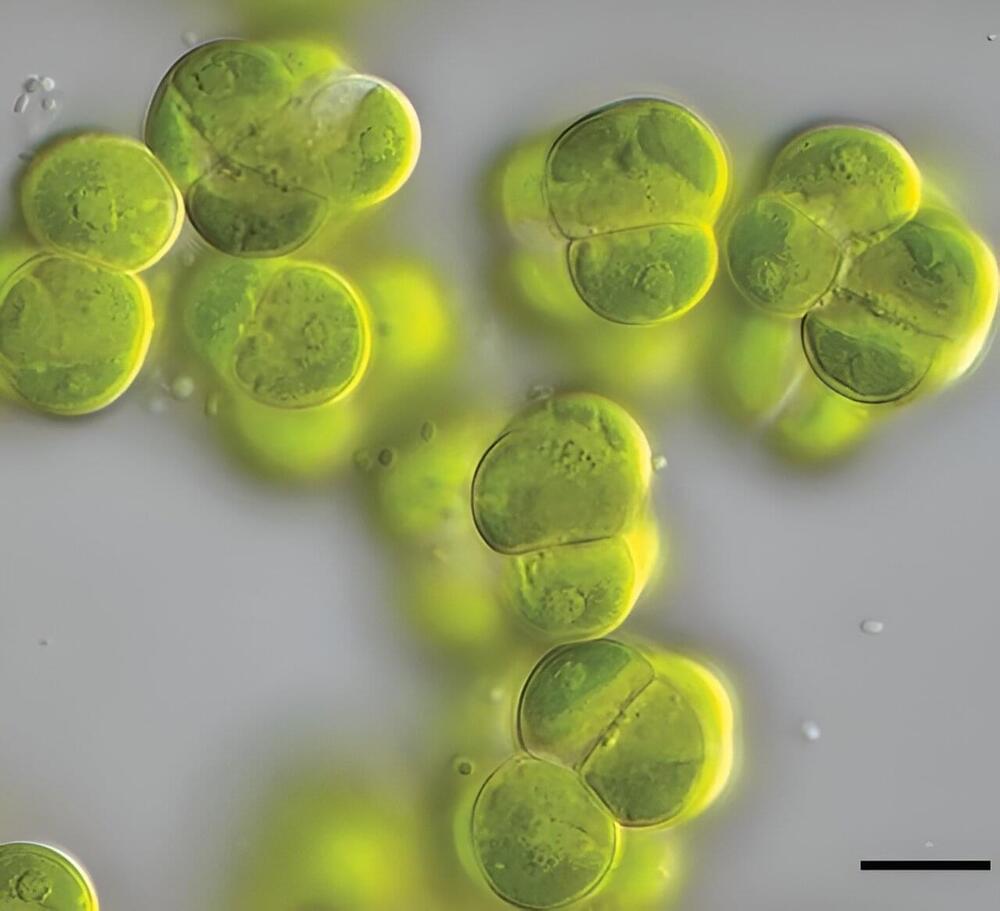
Of all the organisms that photosynthesize, land plants have the most complex bodies. How did this morphology emerge? A team of scientists led by the University of Göttingen has taken a deep dive into the evolutionary history of morphological complexity in streptophytes, which include land plants and many green algae.
The team’s research allowed them to go back in time to investigate lineages that emerged long before land plants existed. Their results revise the understanding of the relationships of a group of filamentous algal land colonizers much older than land plants. Using modern gene sequencing data, researchers pinpoint the emergence of multicellularity to almost a billion years ago. The results were published in the journal Current Biology.
The study focused on Klebsormidiophyceae, a class of green algae known for its ability to colonize diverse habitats worldwide. The team of researchers conducted extensive sampling, investigating habitats ranging from streams, rivers, and lake shores to bogs, soil, natural rocks, tree bark, acidic post-mining sites, sand dunes, urban walls, and building façades.
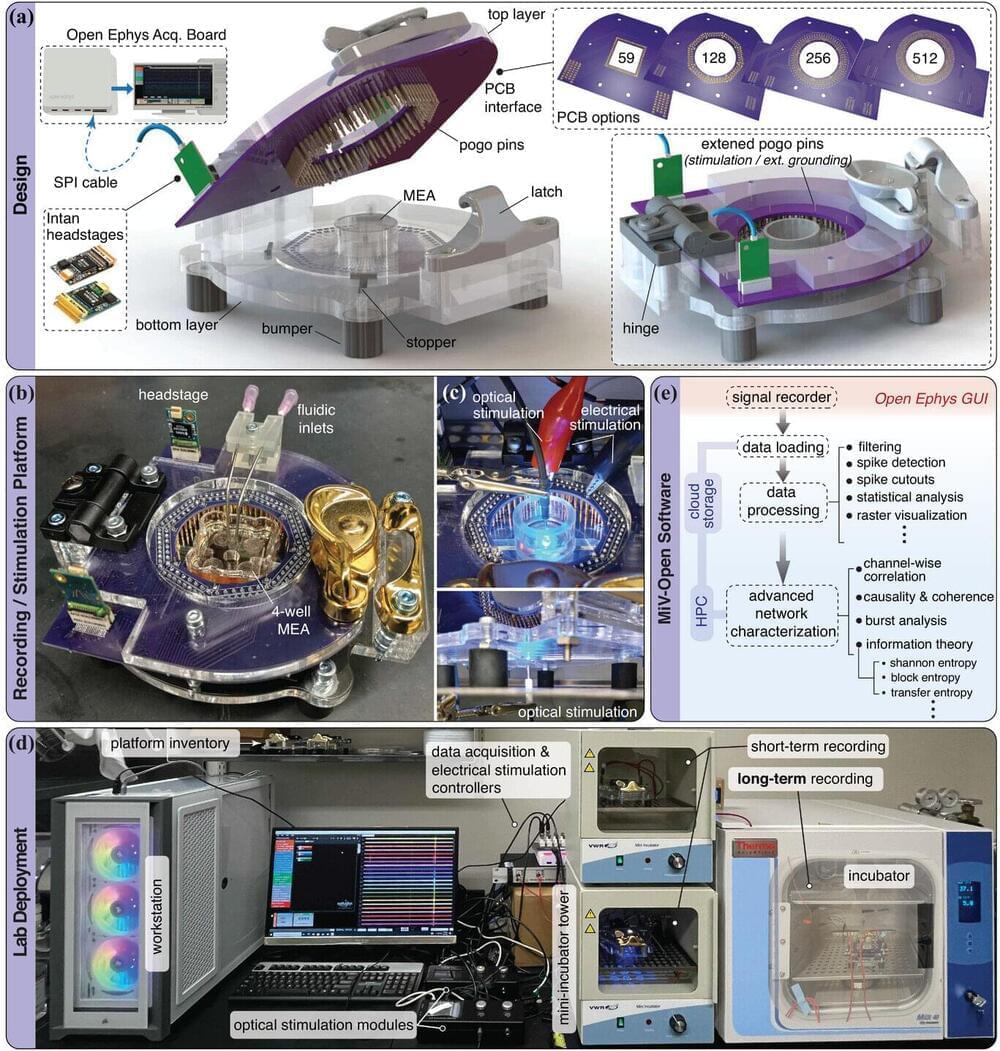
Mind In Vitro Platforms: Versatile, Scalable, Robust, and Open Solutions to Interfacing with Living Neurons.
Neurons intricately communicate and respond to stimuli within a vast network, orchestrating essential functions from basic bodily processes to complex thoughts. Traditional neuroscience methods, relying on in vivo electrophysiology (within a living organism), often have difficulty addressing the complexity of the brain as a whole.
An alternative approach involves extracting cells from the organism and conducting studies on a culture dish instead (in vitro), providing researchers with enhanced control and precision in measuring neural processes.
In a new study featured in Advanced Science, researchers unveil a cost-effective, open-source in vitro system for interfacing with neurons, offering a more accessible avenue for researchers interested in neural interactions.

NASA’s Moon to Mars Architecture has been instrumental in developing, designing, and executing the long-term goals of establishing not only a permanent human presence on the Moon but sending humans to Mars, someday. Today, NASA announced the results from the recent 2023 Moon to Mars Architecture Concept Review, which outlines key objectives, strategies, and key decisions in establishing a human presence on Mars in the future.
The Concept Review discussed in detail the architecture objectives and segments for not only returning humans to the Moon but establishing a long-term presence there through testing new technologies, systems, and equipment that would be used on an eventual human mission to Mars. the Moon to Mars Objectives cover a myriad of goals, including lunar and planetary science, heliophysics, human and biological science, physics and physical sciences, science enabling, applied science, lunar infrastructure, Mars infrastructure, transportation and habitation, and operations.
“Over the last year we’ve been able to refine our process for Moon to Mars architecture concept development to unify the agency,” Nujoud Merancy, who is the Deputy Associate Administrator for Strategy & Architecture for NASA’s Exploration Systems Development Mission Directorate (ESDMD), said in a statement. “Our process in the coming months will focus on addressing gaps in the architecture and further reviewing the decisions the agency needs to make to successfully mount crewed Mars missions.”
Is an American philosopher, writer, and cognitive scientist whose research centers on the philosophy of mind, philosophy of science, and philosophy of biology, particularly as those fields relate to evolutionary biology and cognitive science.
Recorded, Nov 22, 2017.